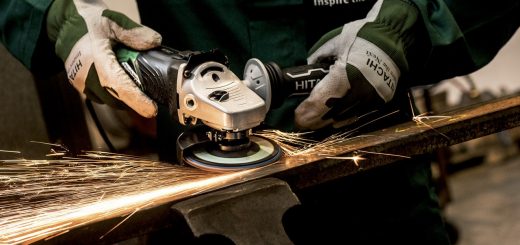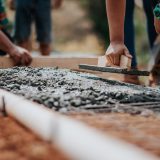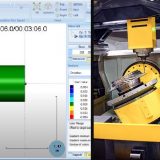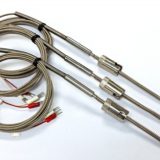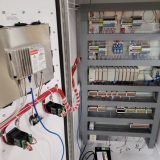Revolutionizing the Future: The Rise of 3D Machine Printing

The manufacturing world is radically transforming with the advent of 3D machine printing. Also known as additive manufacturing, this innovative technology is poised to revolutionize how we design, create, and distribute goods. This article will delve into the critical aspects of 3D machine printing and how it shapes our future by discussing seven essential outlines. From its integration with ded additive manufacturing to developing novel additive manufacturing solutions, we will explore the true potential of this groundbreaking technology.
Understanding 3D Machine Printing
3D machine printing, or additive manufacturing, is a process in which three-dimensional objects are created by depositing materials layer by layer. This technology enables the production of complex geometries and customized parts previously impossible or impractical to produce using traditional manufacturing methods. DED additive manufacturing, or directed energy deposition, is a subset of this technology that uses focused energy to melt and fuse materials as they are being deposited, allowing for greater control and precision.
The Evolution of 3D Printing Materials
The range of materials used in 3D machine printing has expanded significantly. Initially limited to plastics, we now have many materials, including metals, ceramics, and biological materials. This expansion of materials has paved the way for innovative applications across various industries, such as aerospace, automotive, healthcare, and construction.
The Role of Software in 3D Printing
As 3D machine printing technology advances, so does the software that supports it. This software is crucial in optimizing the design process, enabling engineers to create optimized models for additive manufacturing. By reducing material waste and improving print accuracy, the software makes 3D Printing more efficient and cost-effective.
Innovative Additive Manufacturing Solutions
The growing demand for customizable and complex products has led to the development of innovative additive manufacturing solutions. These solutions are focused on enhancing the capabilities of 3D Printing by incorporating robotics, artificial intelligence, and advanced material science. By integrating these cutting-edge technologies, manufacturers can create more sophisticated, high-quality products with increased efficiency and precision.
Environmental Implications of 3D Printing
3D machine printing has the potential to impact the environment positively. This technology can contribute to a more sustainable future by reducing material waste and promoting localized production. Additionally, the ability to print complex structures using fewer materials can lead to lighter, more energy-efficient products, further reducing our carbon footprint.
The Future of Mass Customization
One of the most significant advantages of 3D machine printing is its ability to enable mass customization. 3D Printing is revolutionizing industries such as fashion, footwear, and healthcare by allowing consumers to tailor products to their specific needs and preferences. This level of personalization is expected to become even more prevalent as technology advances.
Challenges and Opportunities for 3D Printing
Despite its many benefits, 3D machine printing faces challenges, including high production costs, limited build sizes, and concerns about intellectual property rights. However, ongoing research and development promise to address these issues, making 3D Printing even more accessible and efficient in the future.
Conclusion
3D machine printing is a transformative technology that has the potential to revolutionize various industries by offering innovative additive manufacturing solutions, enabling mass customization, and reducing environmental impact. As this technology continues to advance, overcoming current challenges, we can expect to see even more groundbreaking applications that will ultimately shape the future of manufacturing.

